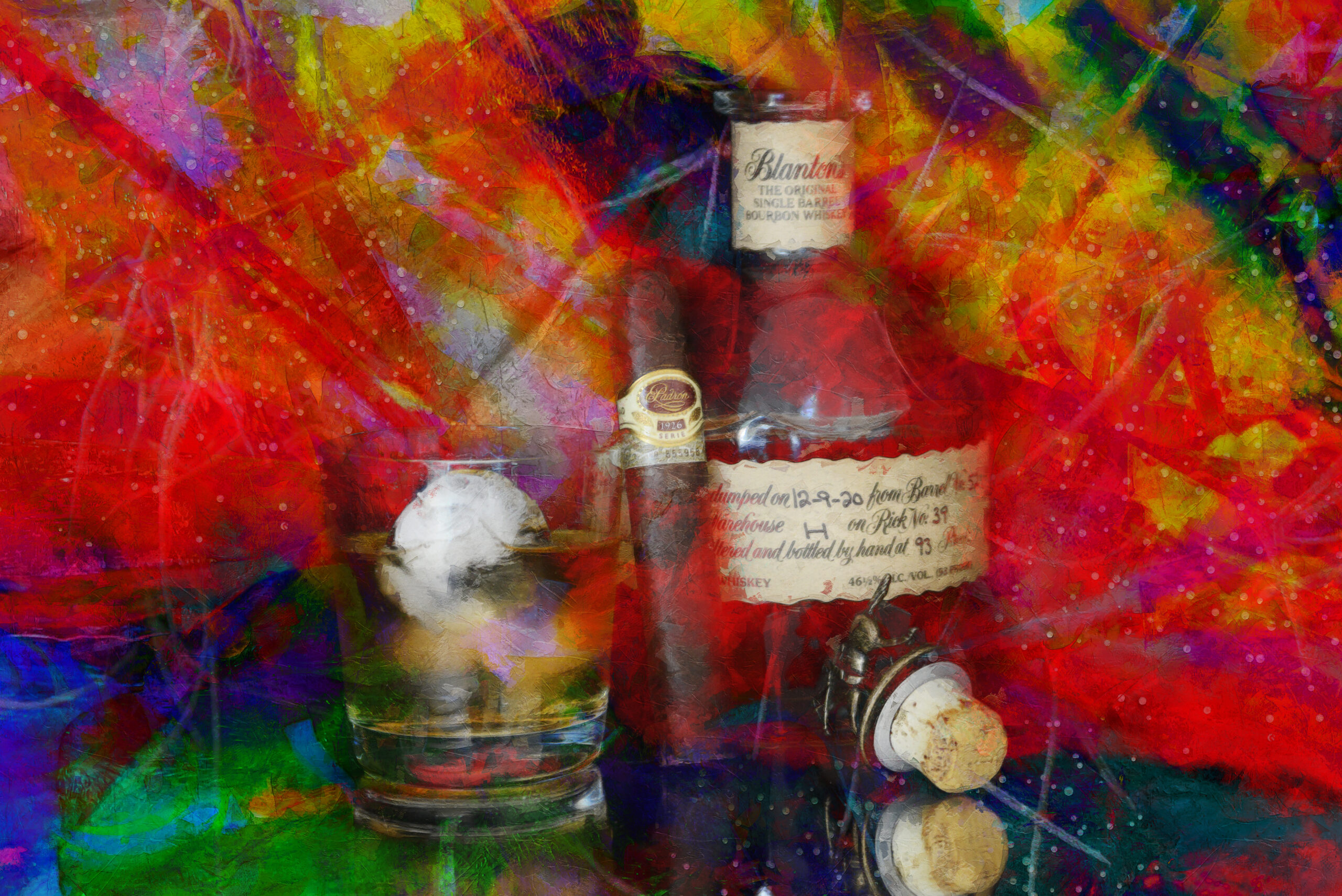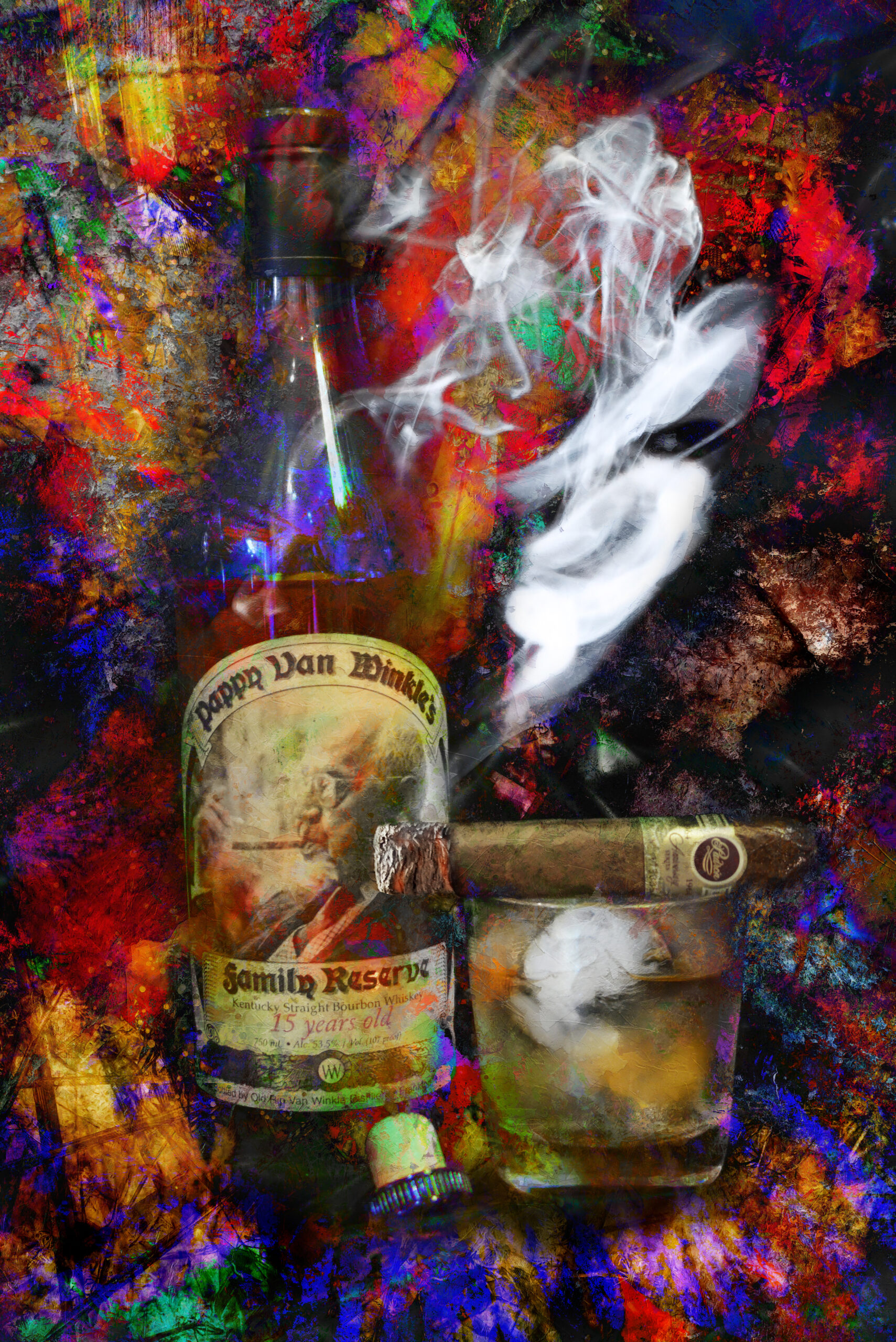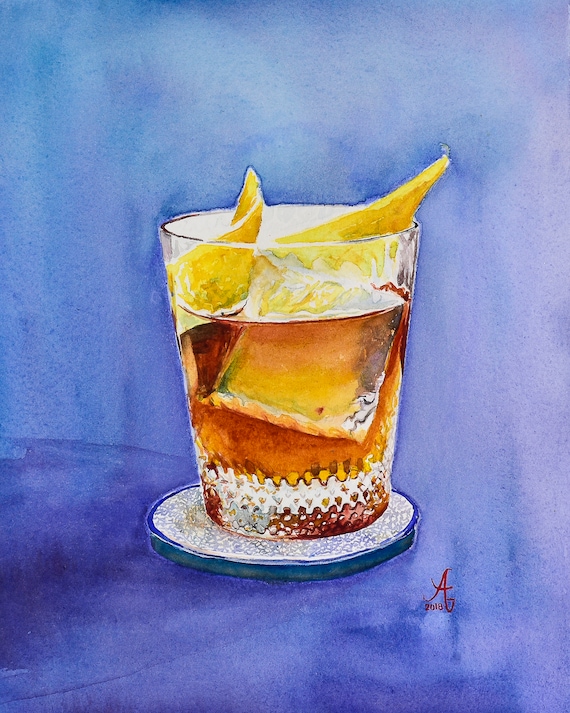Realism Art in the Whiskey Sector: Illustrating Moments of Distillation
Realism Art in the Whiskey Sector: Illustrating Moments of Distillation
Blog Article
The Importance of Whiskey Art in Celebrating Heritage and Workmanship in the Beverage Sector
The detailed connection between scotch art and the celebration of heritage and craftsmanship within the drink industry can not be overstated. With thoughtfully created tags and bottles, scotch brands envelop their historic origins and the artisanal skills that define their manufacturing approaches.
The Historic Roots of Whiskey
At the heart of bourbon's appeal exists an abundant tapestry of historical roots that map back to ancient worlds. The origins of scotch can be connected to the distillation methods of the Sumerians and Babylonians around 2000 BCE, where early kinds of fermented grain beverages started to arise. Nevertheless, it remained in the Middle Ages that the art of purification evolved significantly, especially in Ireland and Scotland, resulting in the creation of scotch as we understand it today.
The term "whiskey" itself derives from the Gaelic word "uisce beatha," suggesting "water of life." This expression emphasizes the cultural importance of whiskey in Celtic societies, where it was often linked with rituals, parties, and common bonding. By the 15th century, purification came to be an identified craft within reclusive communities, leading the way for the facility of lawful distilleries.
As profession routes broadened, scotch's appeal grew, going beyond regional borders and capturing the rate of interest of lovers worldwide. Limited Edition. This historic trip reflects not just the craftsmanship behind scotch production but likewise its indispensable role in social and social contexts, marking it as a significant beverage throughout history
Artistic Expression in Branding
Bourbon branding stands as an engaging junction of virtuosity and business, where visual identity plays an essential function in forming customer perception. The visual appeals of whiskey tags, product packaging, and advertising materials mirror not just the brand's tale but likewise its core values and heritage. Via artistic expression, distilleries convey a story that resonates with customers, stimulating feelings and triggering connections.
The usage of color, typography, and images in branding serves to separate products in a saturated market. Typical motifs might evoke a feeling of authenticity and workmanship, while modern-day styles can indicate development and forward-thinking. This calculated artistic direction improves brand recognition and loyalty, enabling customers to forge an individual relationship with the bourbon they pick.
Moreover, creative expression in branding often serves as a celebration of regional heritage. Distilleries frequently include regional signs or historical references into their layouts, producing a local color that welcomes customers to take part in a broader cultural experience. Inevitably, the creativity behind scotch branding not just enhances aesthetic charm but additionally improves the general story of the brand, cultivating a much deeper appreciation for the workmanship and heritage embedded in each bottle.
Workmanship in Container Design
The creativity apparent in whiskey branding prolongs past visual identification to incorporate the workmanship included in container style. Each container functions as a vessel not simply for the spirit within, yet also for the tale it outlines its tradition, beginning, and high quality. The style process requires meticulous attention to detail, as components such as form, closure, and product contribute substantially to the overall perception of the scotch.
Craftsmanship in container design entails selecting high-quality glass that can enhance the bourbon's color and clarity, while also offering a responsive experience for the customer. The shape of the bottle webpage should be both practical and cosmetically enticing, frequently showing the heritage of the brand. Numerous distilleries go with unique forms or embossed logos that evoke a sense of authenticity and background.
Furthermore, the label layout and typography play a crucial duty in communicating the brand name's narrative. Realism Art. A well-crafted container not only captivates the consumer's eye yet additionally strengthens the brand's dedication to top quality and tradition. By doing this, the craftsmanship of bottle design comes to be a crucial element of the whiskey experience, pop over to this site combining artistry with an extensive regard for heritage
Social Value of Bourbon Art
Commemorating practice and workmanship, the social significance of whiskey art transcends simple aesthetics, intertwining with the historical and social stories of the regions where it comes from. Each container functions as a canvas, showing the distinct tales, folklore, and customs that have formed local whiskey-making methods. The detailed designs often show the heritage of the distillers, integrating symbols and concepts that resonate with the society and values of their neighborhoods.

On top of that, bourbon art plays a vital role in public events and events, acting as a concrete link between individuals and their shared experiences. By valuing the virtuosity in whiskey packaging, consumers cultivate a much deeper understanding and respect for the craft, inevitably enriching their enjoyment of the beverage itself.
Modern Trends in Bourbon Discussion
In recent times, the discussion of whiskey has evolved to reflect modern preferences and fads while still recognizing conventional workmanship - Realism Art. Distilleries are progressively concentrating on aesthetic aspects that improve the overall drinking experience, linking the gap in between heritage and modernity
Ingenious bottle styles have arised, usually integrating sustainable materials and creative labels that inform compelling stories. Several brand names now team up with neighborhood artists, instilling their products with one-of-a-kind aesthetic expressions that reverberate with customers. Additionally, limited-edition launches are usually packaged in collectible containers, adding value and charm for lovers.

Verdict
In verdict, whiskey art serves as a vital avenue for webpage revealing the heritage and workmanship inherent in the beverage industry. Via elaborate branding, ingenious bottle designs, and culturally considerable imaginative components, scotch brands properly honor their customs and link with customers.


Craftsmanship in container style entails picking premium glass that can enhance the scotch's color and clearness, while additionally offering a tactile experience for the customer. In this means, the workmanship of container layout comes to be an important element of the scotch experience, merging virtuosity with an extensive respect for heritage.
In verdict, scotch art offers as a vital channel for expressing the heritage and craftsmanship inherent in the beverage sector.
Report this page